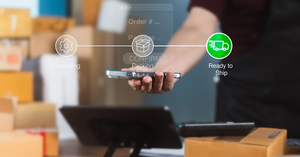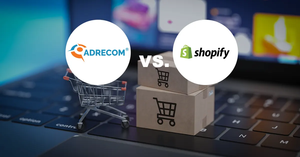Consider, for a moment, that an e-catalog is a popular way to make the shopping experience very easy for customers. Online shopping has certain perks that shopping at brick-and-mortar stores does not have, such as 24/7 availability and readily-provided information about all topics in the content management system. However, in order to overcome the lack of physical access to tangible items – i.e., the useful tendency of picking up an item and looking at it from all angles – web stores need to make optimal usage of high quality product imagery and other media elements, such as video and flash. This blog post discusses how images and video create are a necessary element of a successful e-commerce product catalog.
Images
First things first. Images are the simplest and most basic way to let your customers see how a product looks and the first step in creating an authentic shopping experience, more than a visit to a site. Images need to be consistently structured in a template, juxtaposed logically to product descriptions and should be high quality shots that are easy on the eye, such as photos taken against a white backdrop.
Another wise way to utilize imagery is to provide several pictures of one product taken from different angles, which is as close you can get to letting users to feel as if they are picking up the product and examining it. Even slight variations in the images, such as in the following example from Eve Pearl, a website with an e-catalog containing beauty products, can do the trick.

You can also display images, such as printers, with a shelf open or in an
open position for further clarity. Including images of a product being used, or
worn (if clothing or jewelry) is another way to add realism to your product
representation.
In addition to providing good quality shots of your
products, consider implementing a light box effect, which displays a larger and
higher quality image in the center of the screen when a user clicks on the
product. Such an image can be high enough quality as to show some of the texture of the product.
Depending on the product and motif of the website, creative, out-of-the-box e-catalogs might be useful, such as those with thematic backgrounds versus a single and subdued color.
Video
Video more than supersedes a 3-dimensional aspect to your catalog, it as well incorporates a large amount of useful information about the product or services advertised in the e-catalog. Video can be used in a variety of ways:
- To display the product being used and to show it from all angles
- To provide instruction on how to use a product
- To provide information about a product or event in a form other than written communication
- To include customer testimonials about your product or service
Each of these uses provides an interactive experience for the customer visiting your site. Furthermore, you can place videos on Youtube and other social media, which allows people to get the word out on your product on your behalf!
All-in-all, the combined usage of images and videos integrated into your product catalog add a level of sophistication and dynamism that webstores without them lack.





